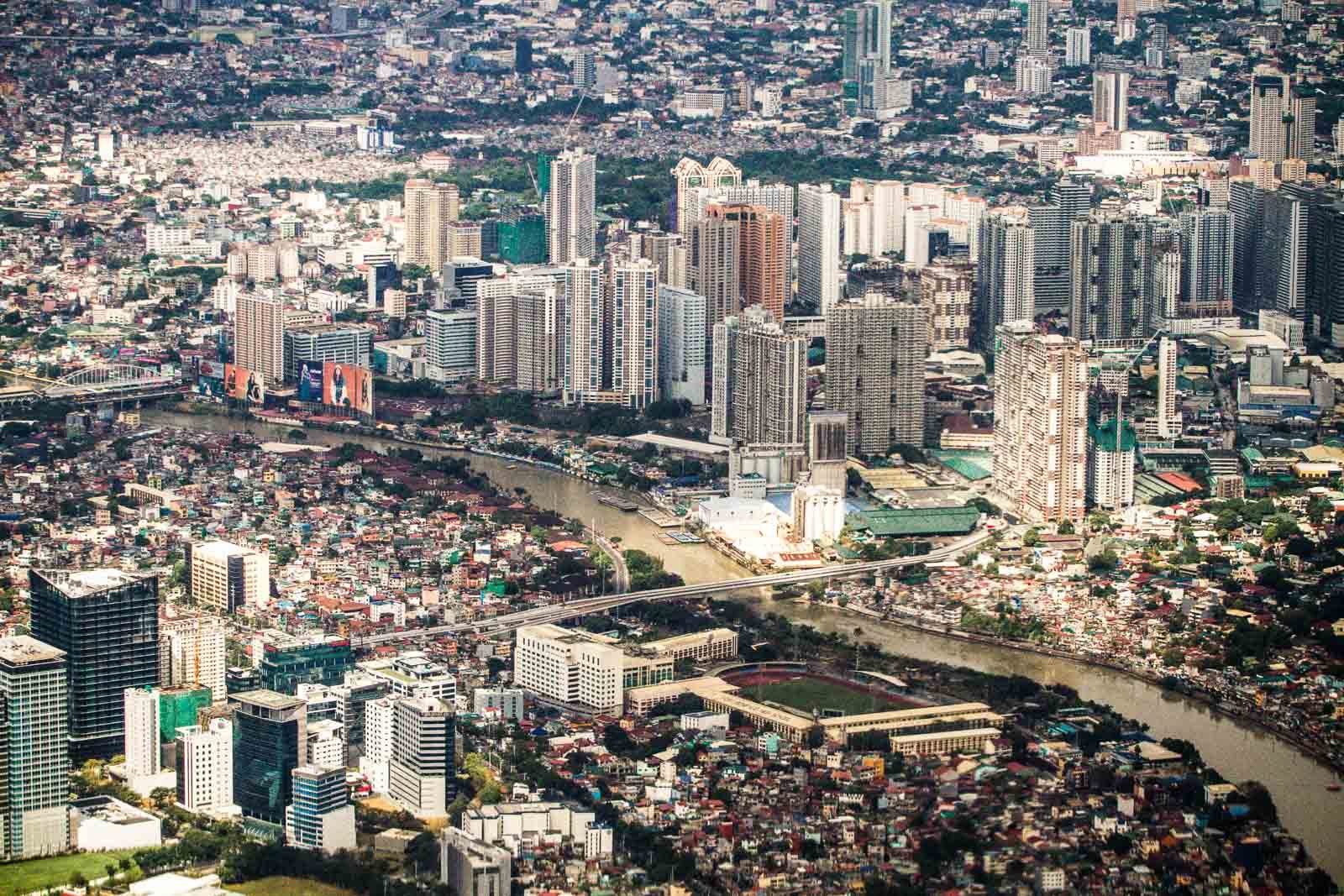SUMMARY
This is AI generated summarization, which may have errors. For context, always refer to the full article.

MANILA, Philippines – The Philippine economy grew a better-than-expected 8.3% in the first quarter of 2022, driven by private consumption, the Philippine Statistics Authority reported on Thursday, May 12.
The latest gross domestic product (GDP) growth figure is an improvement from the revised -3.9% reported for the first quarter of 2021. The contraction in the same period last year is also partly the reason for the high figure, or what economists refer to as the base effect.
National Statistician Dennis Mapa said the first quarter GDP already exceeded pre-pandemic levels on a quarterly basis.
It beat analysts’ expectations based on polls by Bloomberg and BusinessWorld, and met the government’s target of 7% to 9%.
Industry and services posted growth rates of 10.4% and 8.6%, respectively, while agriculture grew a measly 0.2% on a year-on-year basis.
Services had the largest share in the overall GDP growth figure, accounting for 5.1 points of the 8.3% growth. Industry’s share was 3.1, while agriculture was just at 0.02.
Broken down further per industry, manufacturing, wholesale and retail trade, and transportation and storage contributed the most to the overall growth.
The first quarter figure is also higher than the revised 7.8% growth in the previous quarter or the fourth quarter of 2021.
GDP, which is the total value of all finished goods and services in a country, is used by experts and policymakers to assess the economy’s health. The government also uses this number in decision-making.
Recovery
Socioeconomic Planning Secretary Karl Chua said that on the expenditure side, growth was driven by private consumption which went up by 10.1%, a stark reversal from the -4.8% figure in the same period last year.
“With much-relaxed quarantine restrictions and more vaccinated Filipinos, family activities, leisure, travel, and tourism have all grown significantly,” Chua said.
“Our strong economic performance moves us closer to achieving our growth target of 7% to 9% this year, but we will not rest on our laurels. We will continuously work hard to strengthen our domestic economy against heightened external risks such as the Russia-Ukraine conflict, China’s slowdown, and monetary normalization in the United States.”
A higher GDP figure is desirable as it lowers the debt-to-GDP ratio, a figure that illustrates the size of the economy relative to its debt obligations, which is closely monitored by credit rating agencies. (READ: ‘Nakakain’ ba ang credit ratings? In a way, yes)
During the first quarter, the Philippines had experienced the peak of the COVID-19 Omicron variant surge, forcing the government to tighten mobility restrictions. But the number of infections later plunged within the quarter and this allowed further reopening of the economy.
Economists have warned that growth in the second quarter faces various challenges like inflation, stagflation, a twin deficit, high public debt, and uncertainties brought about by the war between Russia and Ukraine. – Rappler.com
Add a comment
How does this make you feel?
![[EDITORIAL] Apat na taon na lang Ginoong Marcos, ‘di na puwede ang papetiks-petiks](https://www.rappler.com/tachyon/2024/07/animated-bongbong-marcos-2024-sona-day-carousel.jpg?resize=257%2C257&crop=280px%2C0px%2C720px%2C720px)
![[In This Economy] Delulunomics: Kailan magiging upper-middle income country ang Pilipinas?](https://www.rappler.com/tachyon/2024/07/in-this-economy-upper-middle-income-country.jpg?resize=257%2C257&crop=421px%2C0px%2C1080px%2C1080px)

![[EDITORIAL] Marcos Year 2: Hilong-talilong](https://www.rappler.com/tachyon/2024/07/animated-bongbong-marcos-2nd-sona-carousel.jpg?resize=257%2C257&crop=136px%2C0px%2C720px%2C720px)
![[Newspoint] A fighting presence](https://www.rappler.com/tachyon/2024/07/thought-leaders-a-fighting-presence.jpg?resize=257%2C257&crop=441px%2C0px%2C1080px%2C1080px)
There are no comments yet. Add your comment to start the conversation.